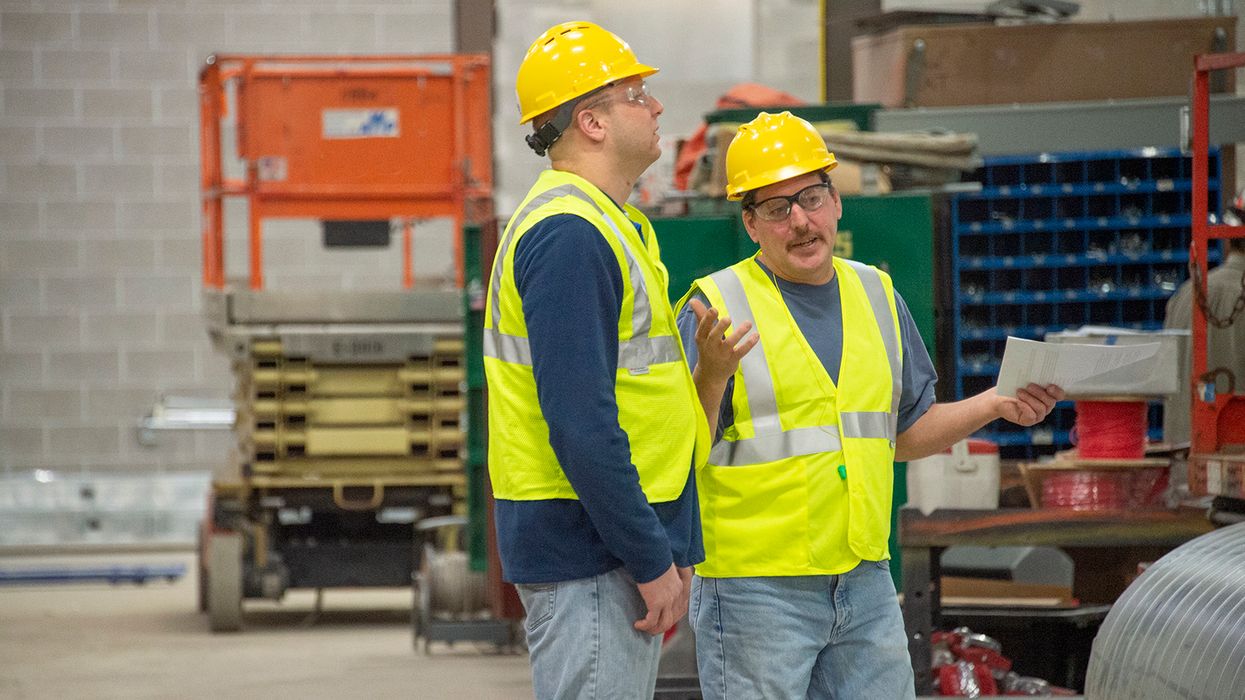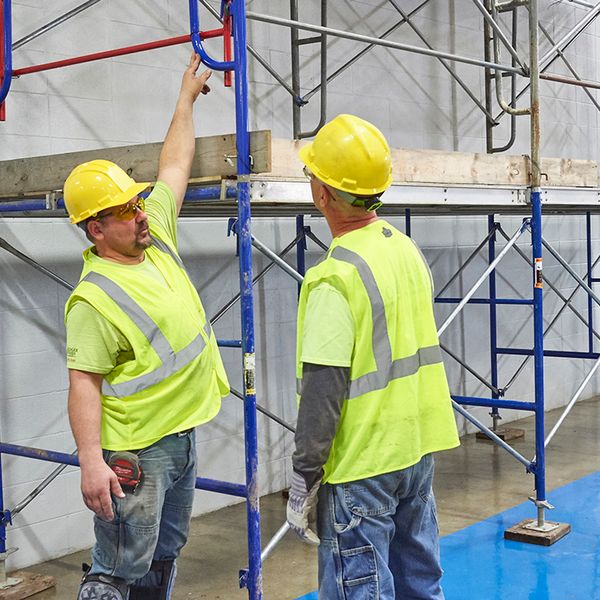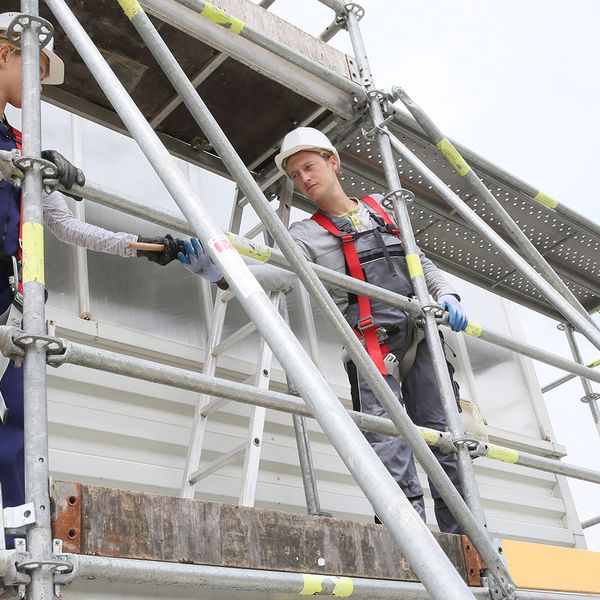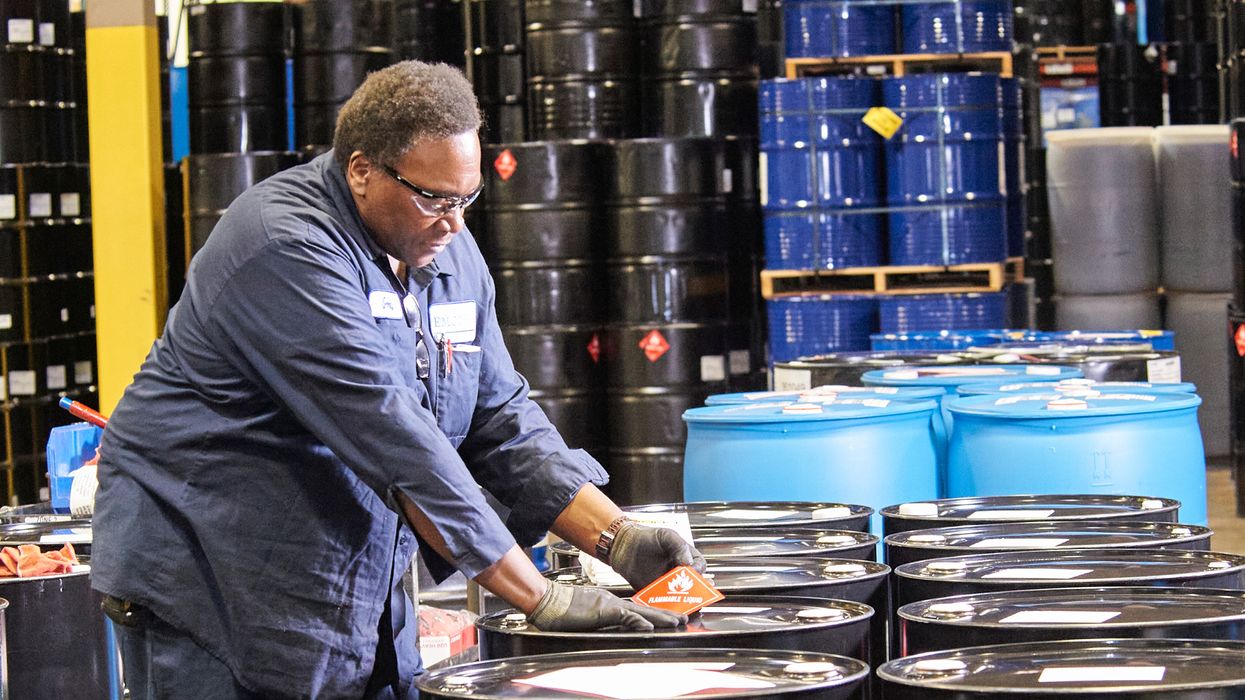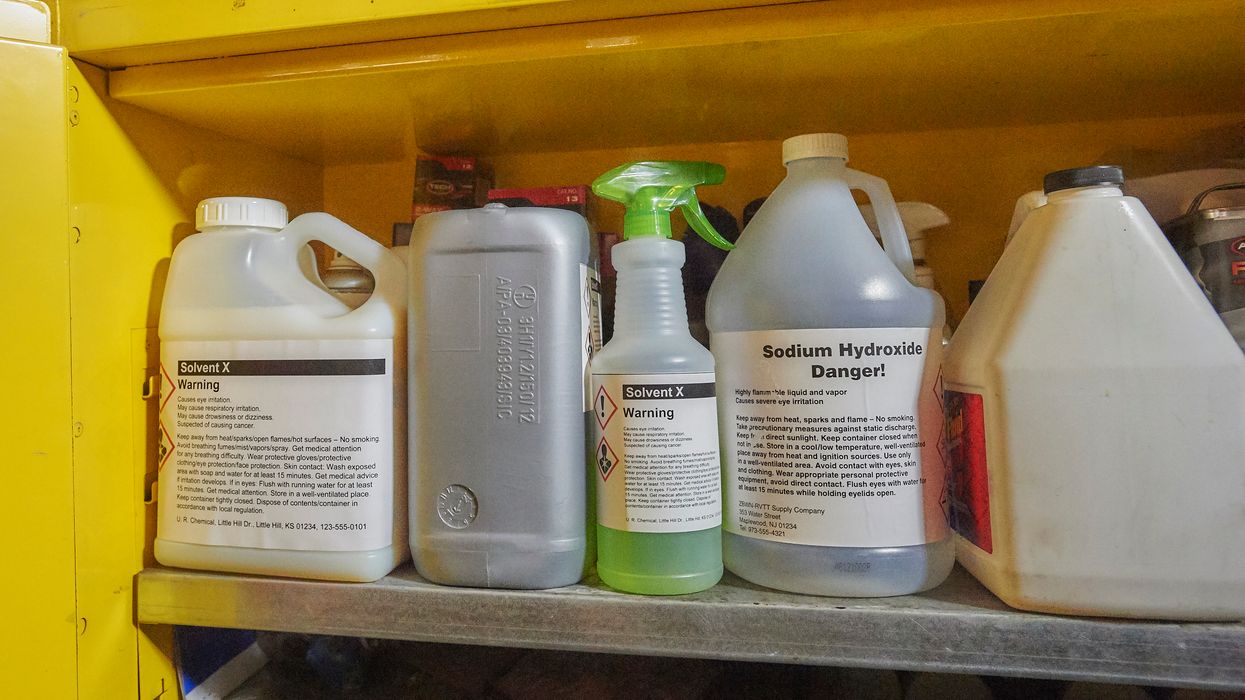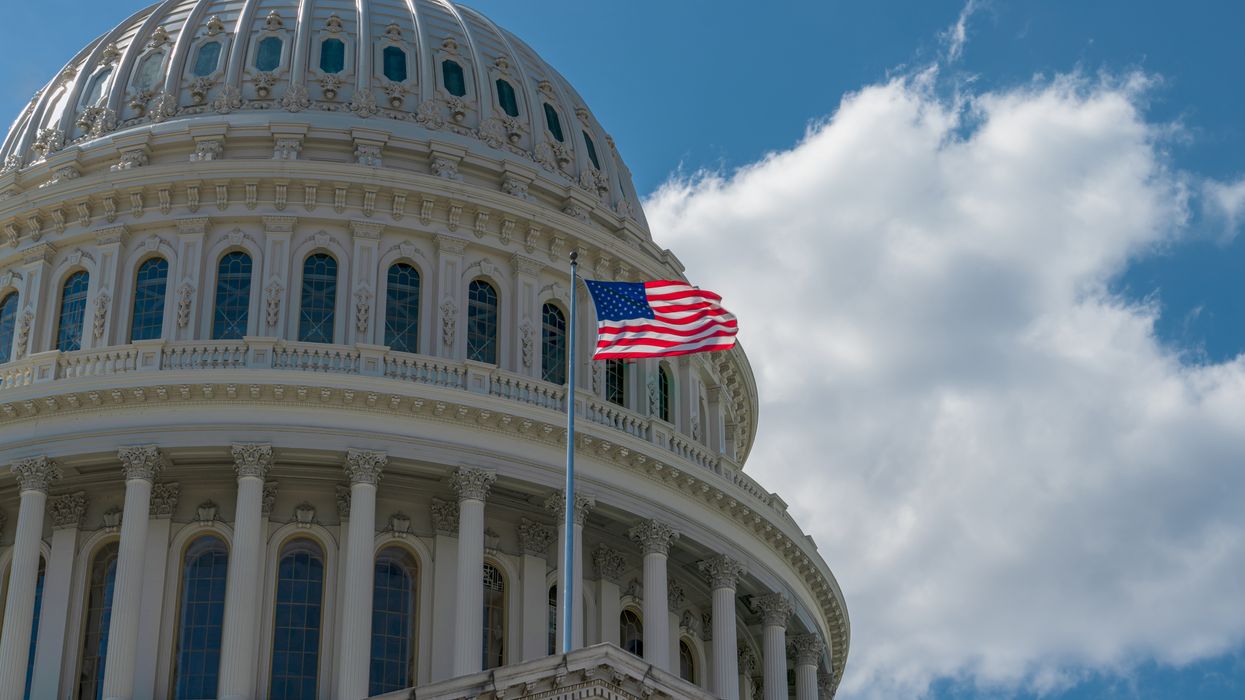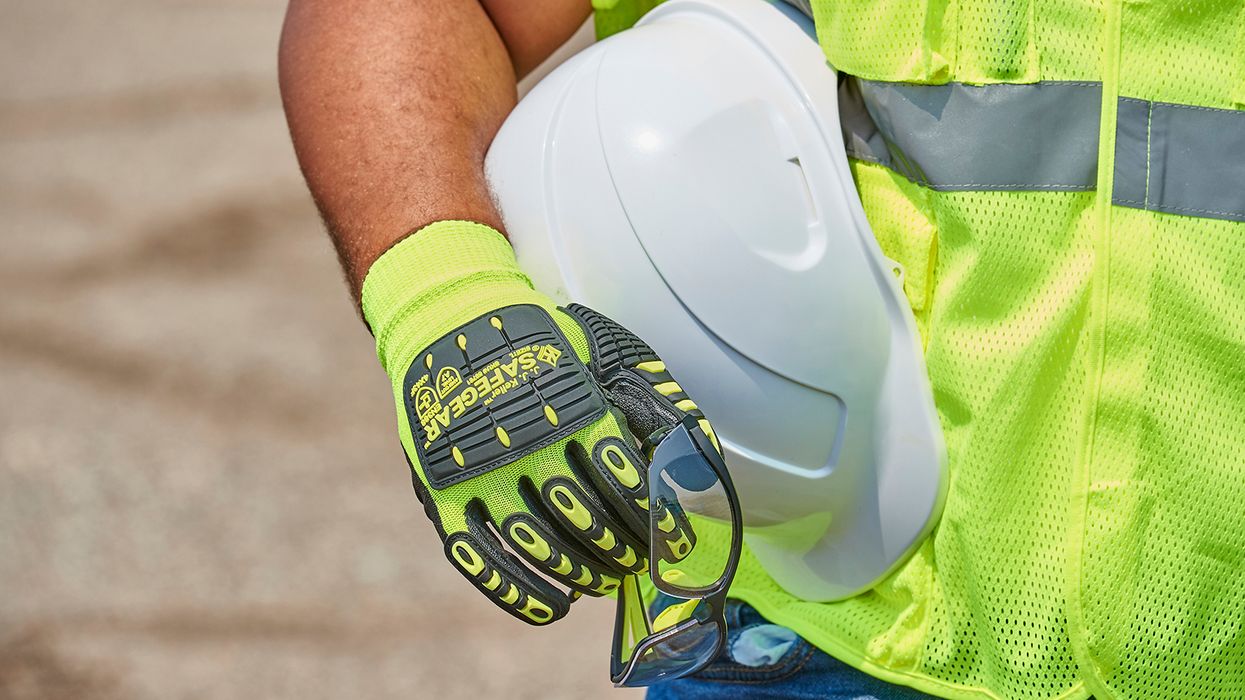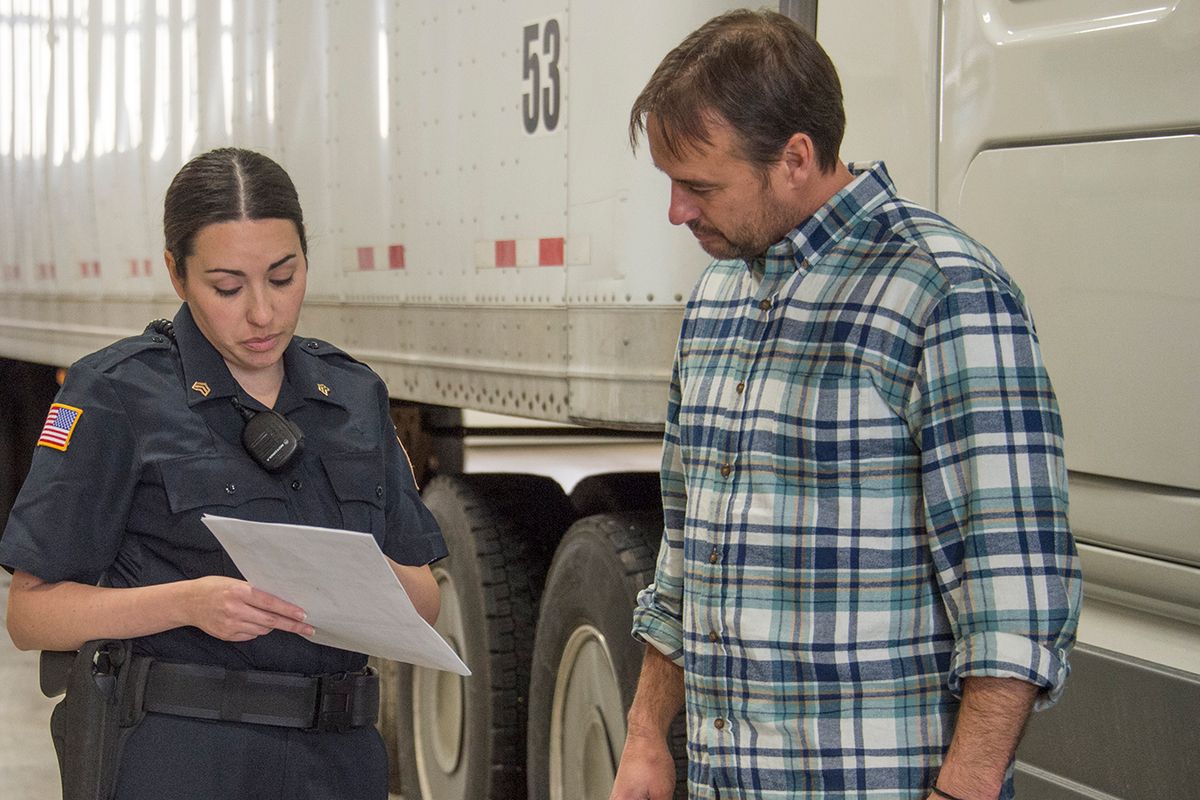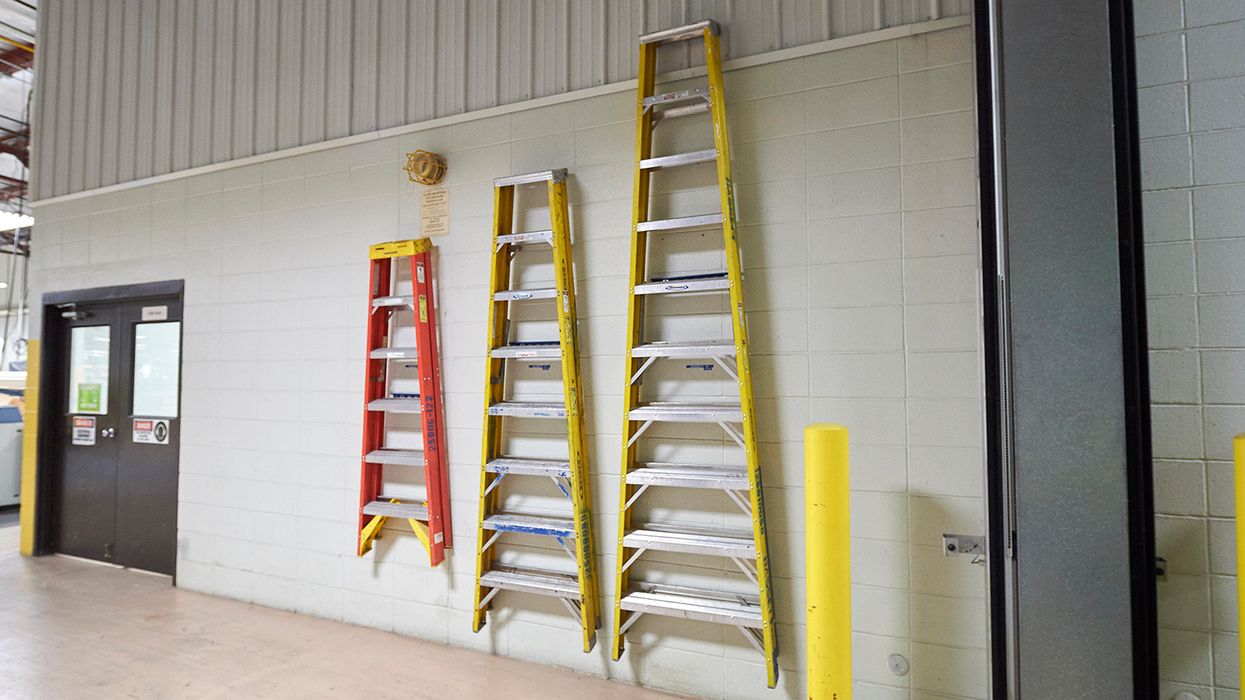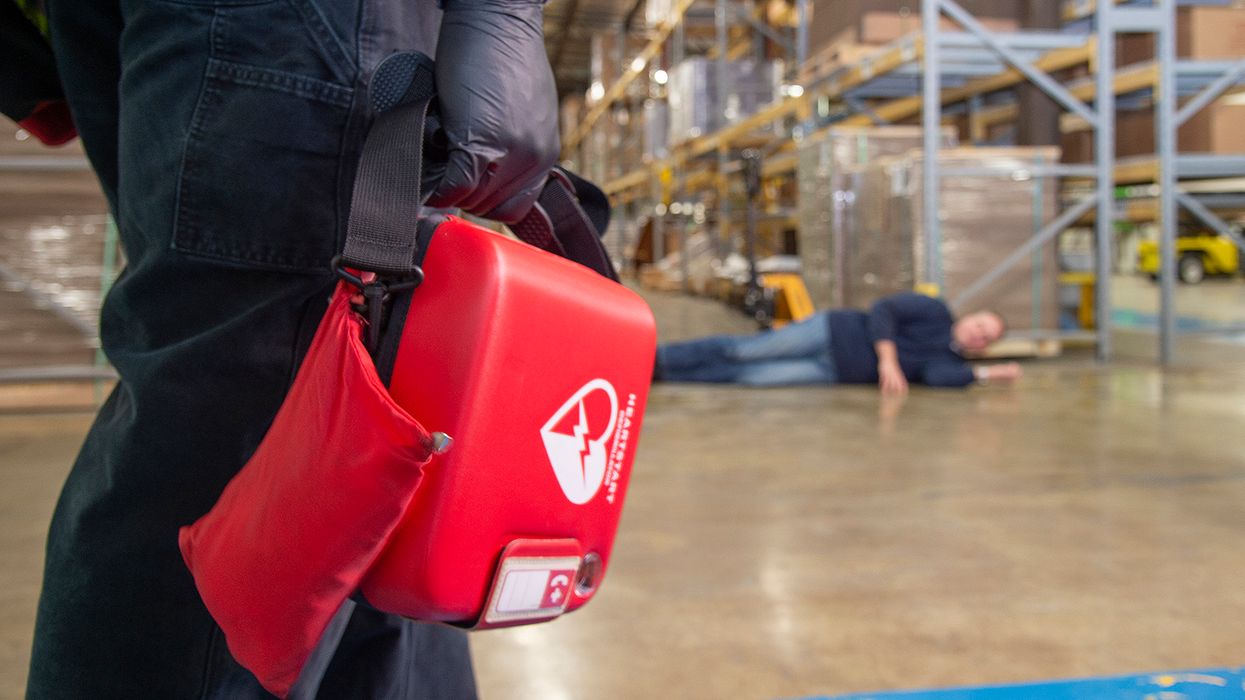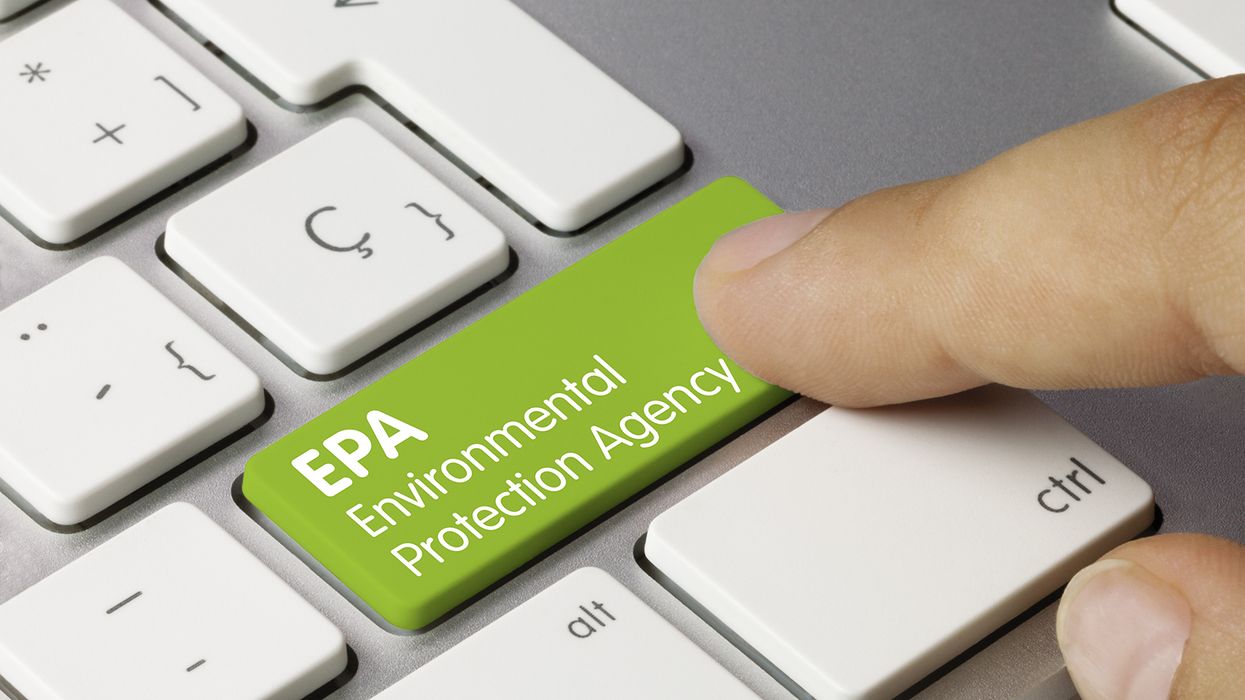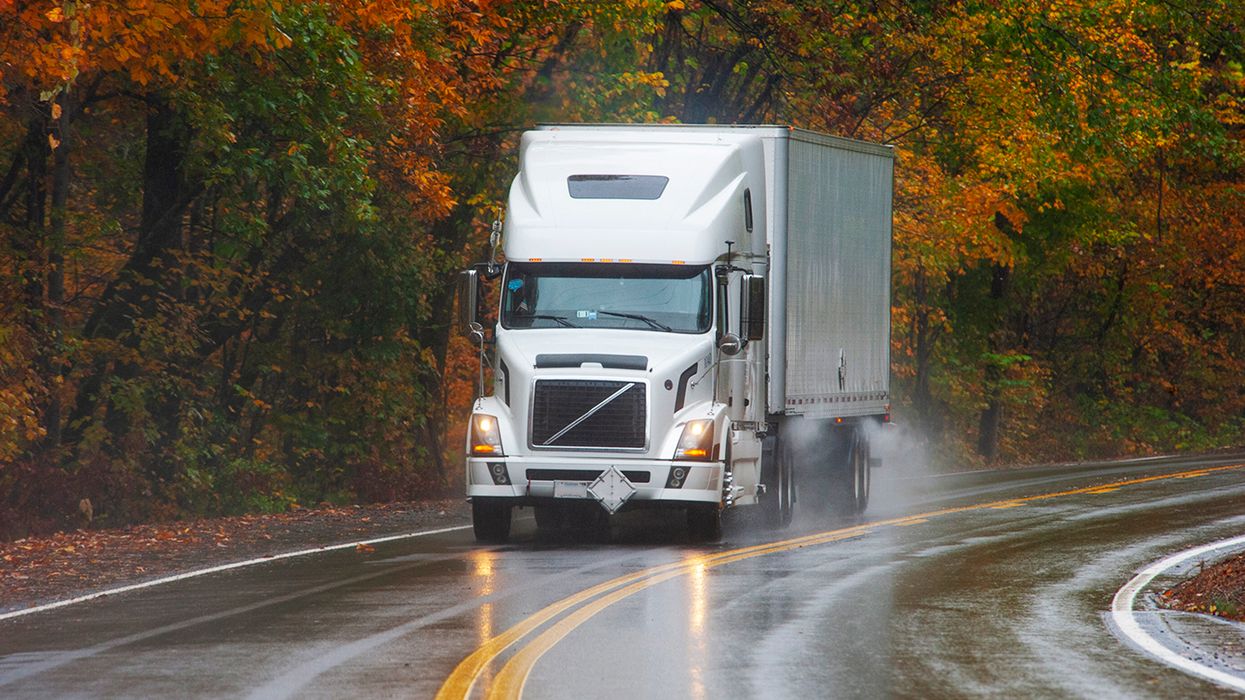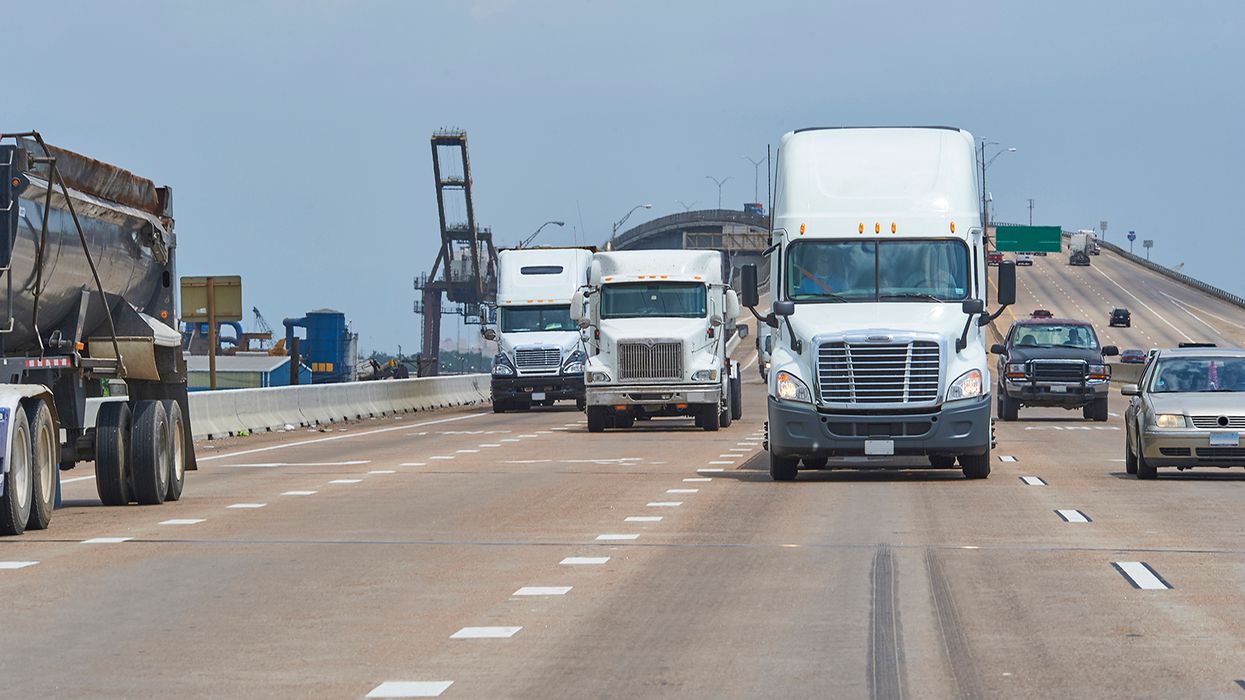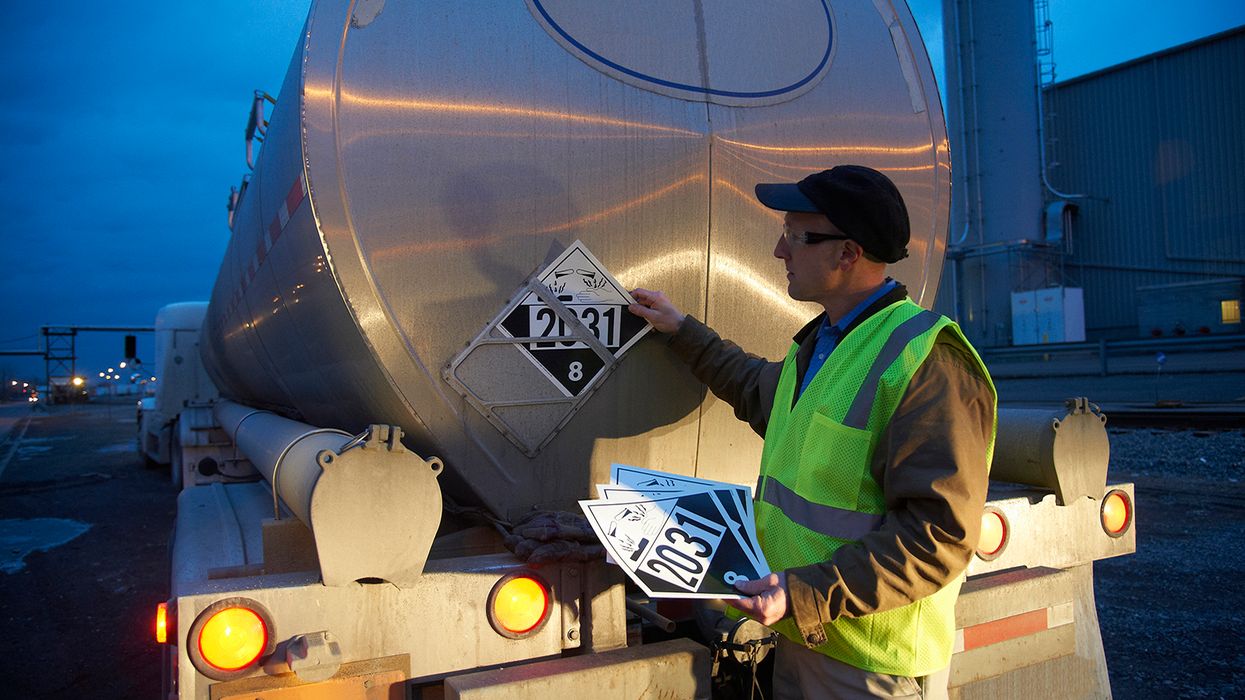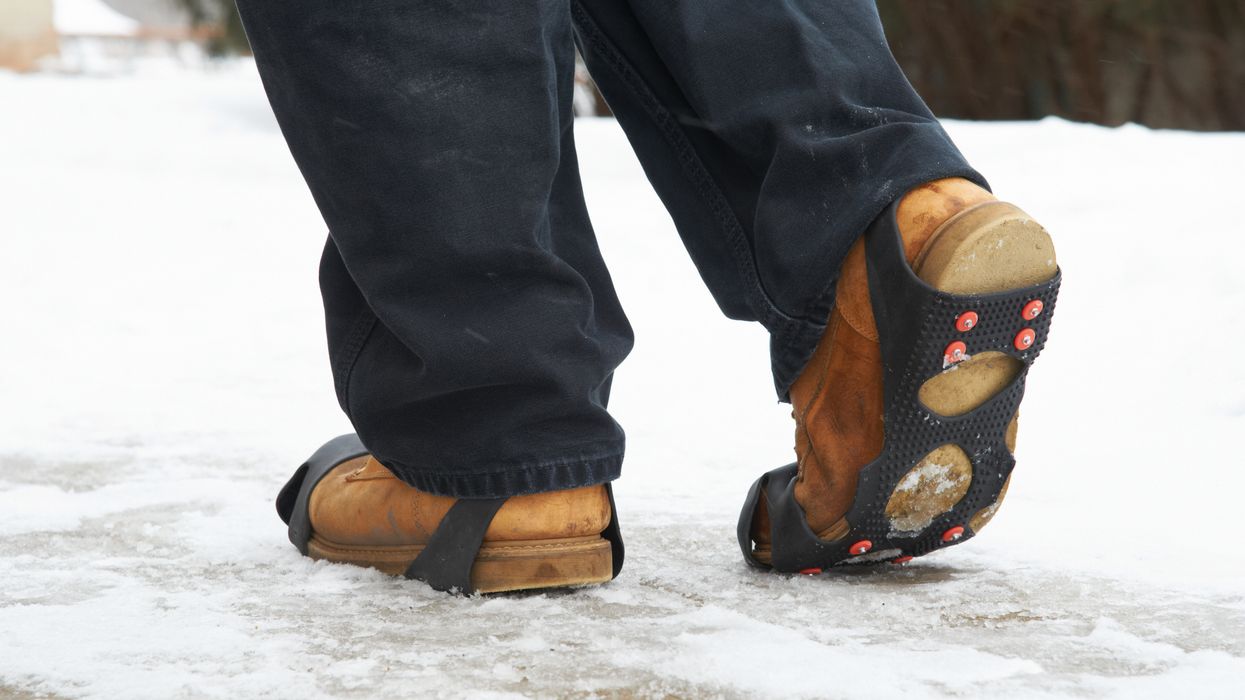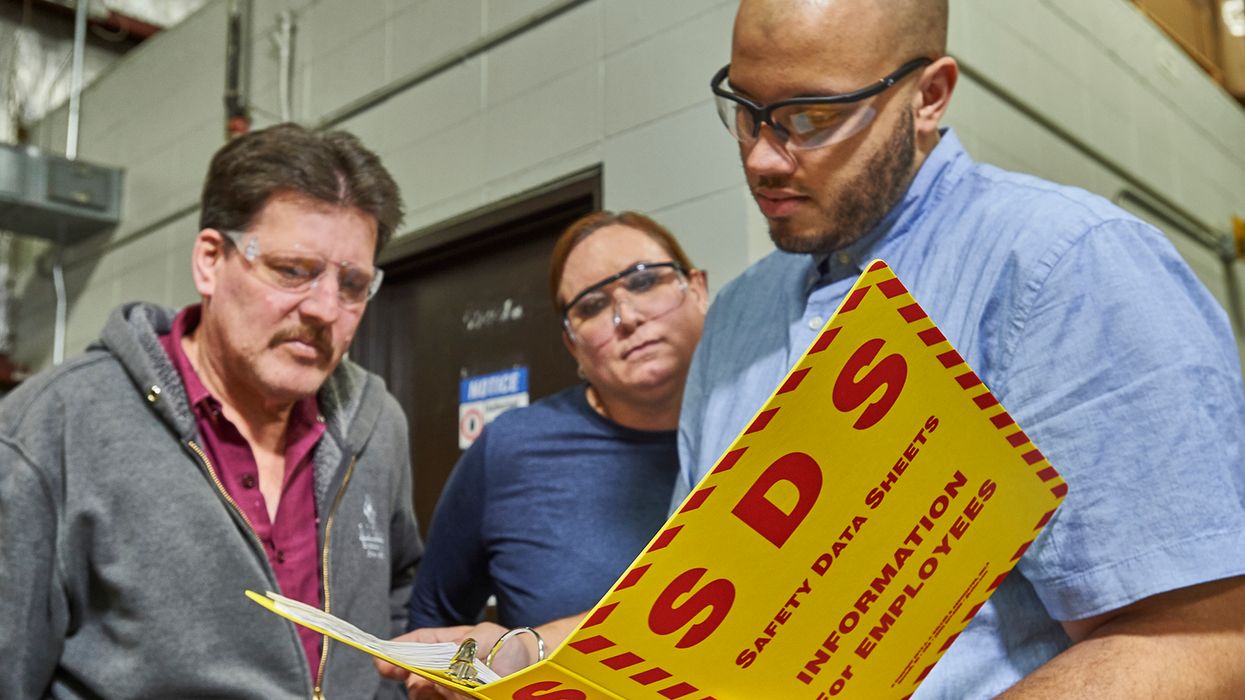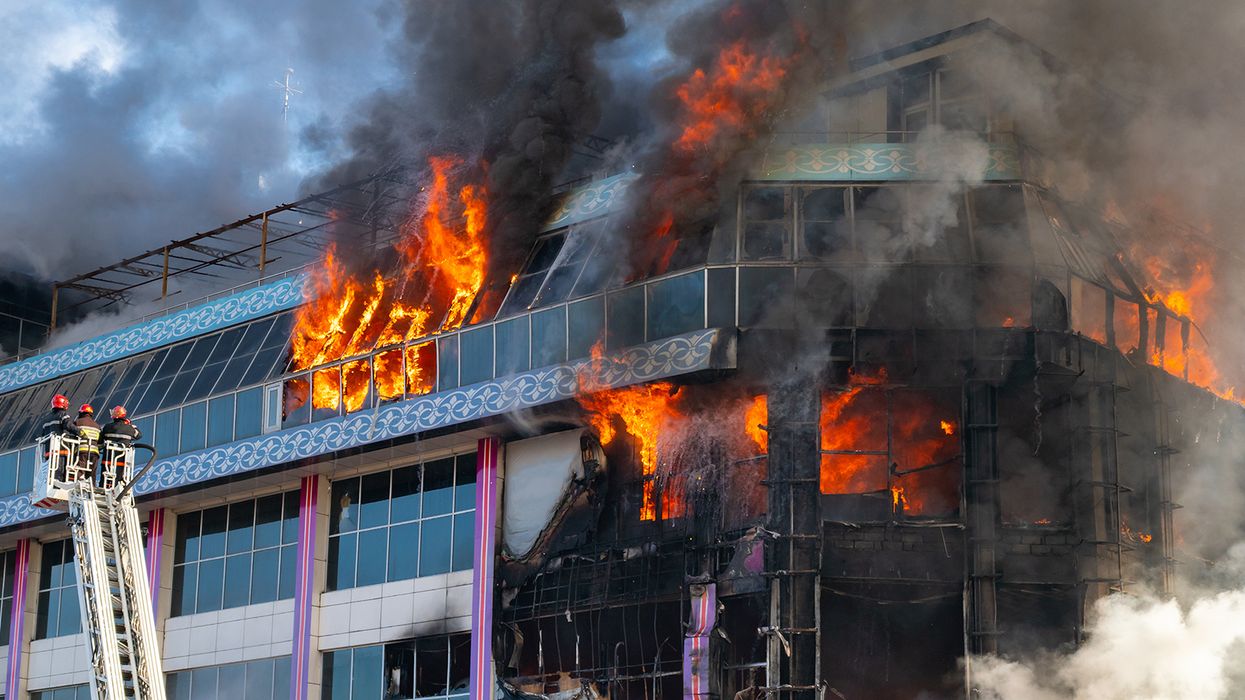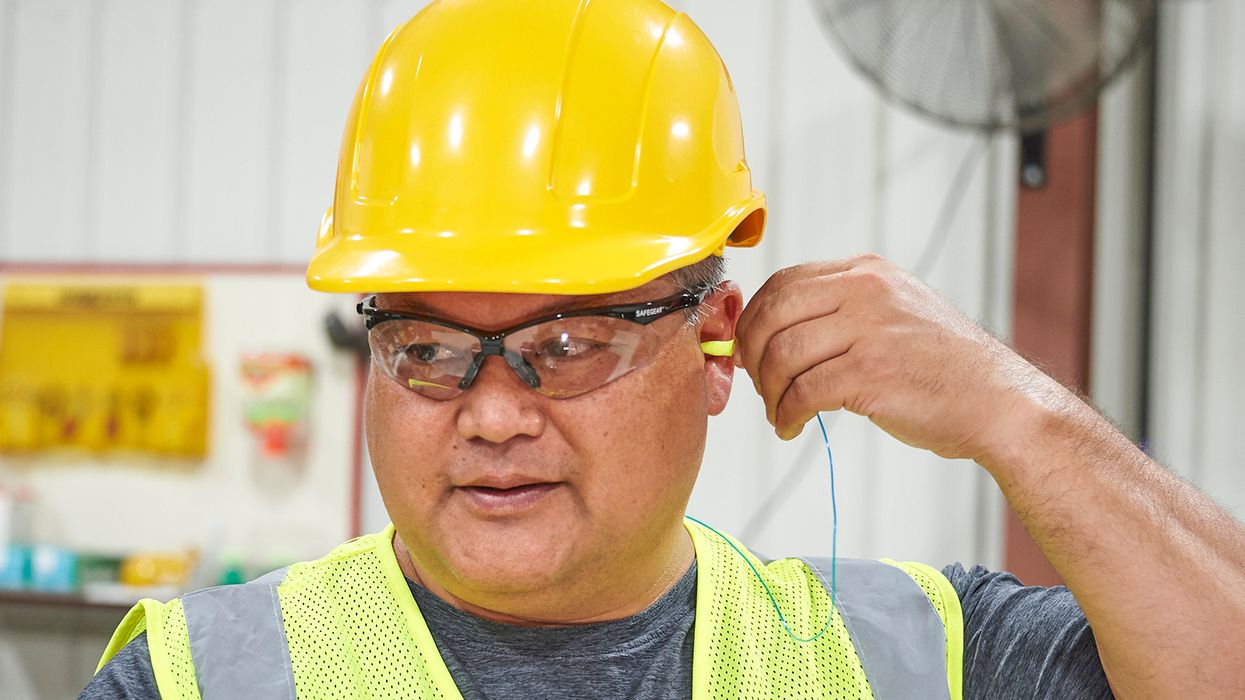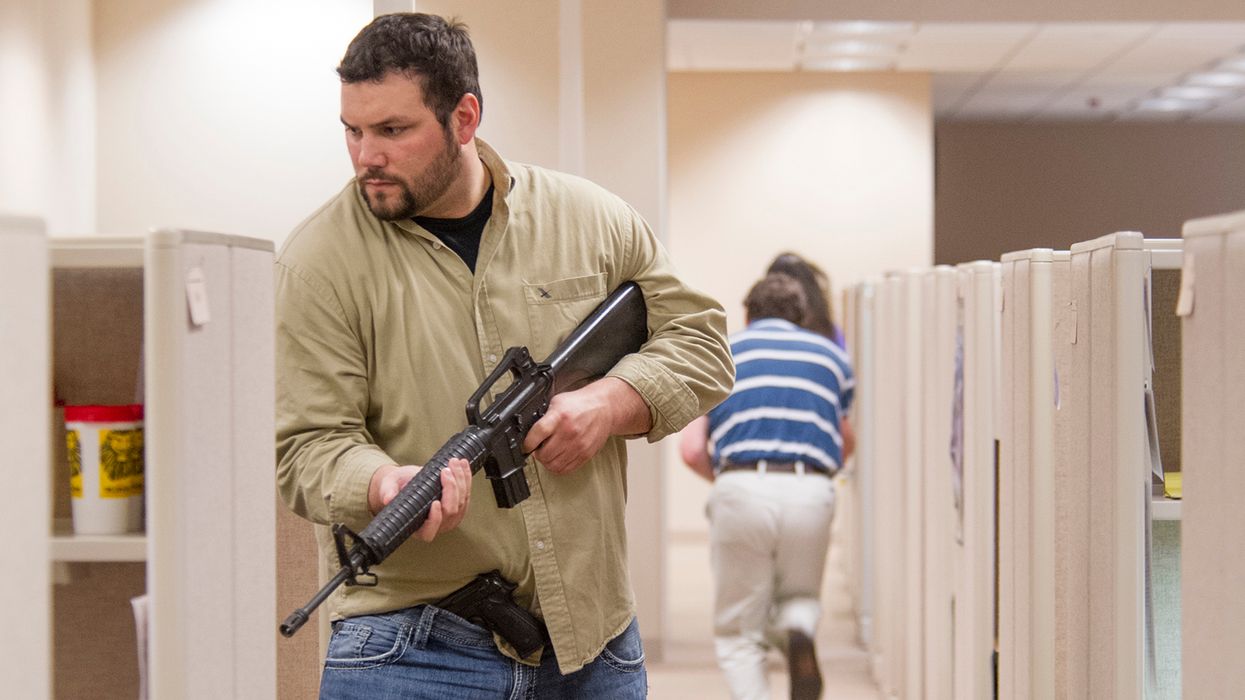Top 5 compliance FAQ’s for cranes, lifts, and scaffolds
Did you know that cranes, lifts, and scaffolds are some of the most frequently cited pieces of equipment during OSHA inspections?
Cranes, lifts, and scaffolds are essential for many worksites, both in construction and general industry. The OSHA regulations differ depending on whether your work falls under construction (29 CFR 1926) or general industry (29 CFR 1910).
Below are five common compliance questions employers frequently ask, with guidance for both environments.
1. What are the main OSHA standards that apply to cranes, lifts, and scaffolds?
The regulations are extensive, both for general industry and construction. While most of the requirements are very similar, we encourage you to review the regulations specific to your industry.
Construction:
- Cranes: 29 CFR 1926 Subpart CC (Cranes & Derricks in Construction)
- Aerial lifts: 29 CFR 1926.453 (part of Subpart L – Scaffolds)
- Scaffolds (including scissor lifts): 29 CFR 1926 Subpart L
General industry:
- Cranes: 29 CFR 1910.179 (Overhead & Gantry Cranes); 1910.180 (Crawler locomotive and truck cranes)
- Aerial lifts & scissor lifts: 29 CFR 1910.67
- Scaffolds: 29 CFR 1926 Subpart L
- Scissor lifts: 29 CFR 1926 Subpart L
Note that OSHA considers scissor lifts to be “mobile scaffolds” which are found in 1926 Subpart L and are applicable to both general industry and construction.
2. Who is allowed to operate cranes and aerial lifts?
OSHA requires only trained and qualified operators—but the qualification process varies slightly.
Construction: Crane operators must be certified by an accredited testing organization or through an audited employer program (1926.1427). Aerial lift operators must complete task-specific training before use.
General industry: While crane operators do not always need formal third-party certification, they must be designated, trained, and competent to operate safely (1910.179). Aerial lift operators must still be trained per 1910.67(c)(2).
In both settings, refresher training is required if unsafe operation or new equipment is introduced.
3. How often do cranes, lifts, and scaffolds need to be inspected?
Inspection frequency and documentation are important for all pieces of equipment.
- Cranes: Daily visual checks before use; monthly checks; and annual inspections by a qualified person are required in both industries.
- Aerial lifts: Pre-use inspections each day of operation are mandatory for both industries.
- Scaffolds: Must be inspected by a competent person before each shift and after any event that could affect stability.
4. What fall protection is required when using this equipment?
- Aerial lifts: Both standards require a body harness and lanyard attached to the lift’s designated anchor point.
- Scaffolds: Construction regulations have different fall protection requirements depending on which type of scaffold is used, while general industry applies fall protection at 4 feet (1910.28).
- Scissor lifts: While it is highly recommended, fall protection is not required in scissor lifts if there is adequate guardrails in good condition.
5. What are common violations to watch out for?
Top OSHA citations include:
- Untrained or uncertified operators
- Missing or damaged guardrails on scaffolds
- Failure to perform required inspections
- Overloading equipment beyond capacity
- Lack of fall protection during maintenance or setup
Proactive training, documented inspections, and strong safety culture reduce risk and help avoid citations under either standard.
Key to remember: Compliance with OSHA’s cranes, lifts, and scaffolds regulations protects workers and avoids hefty penalties from violations.

